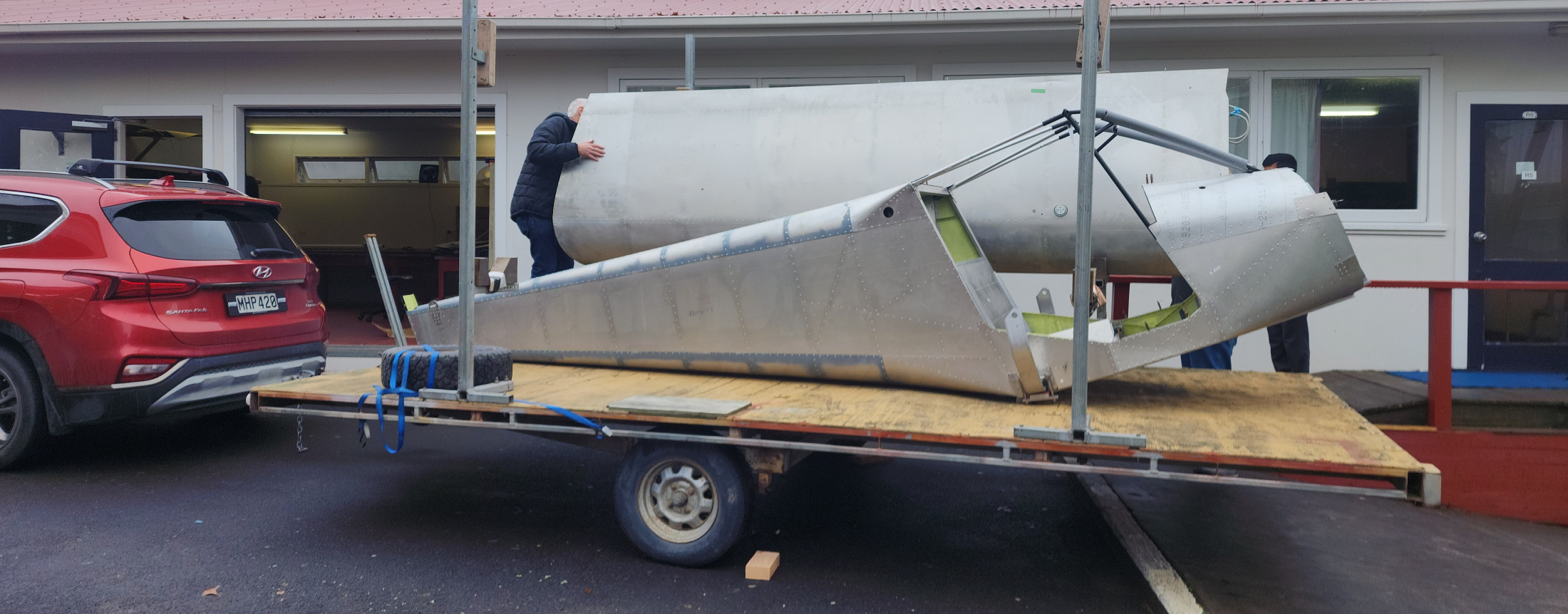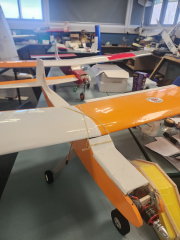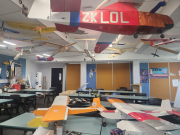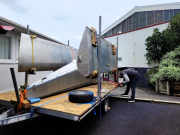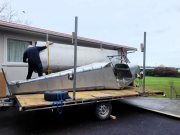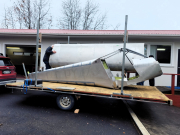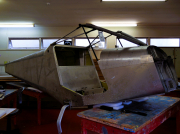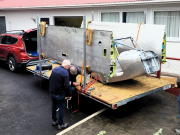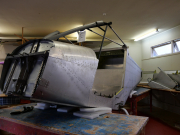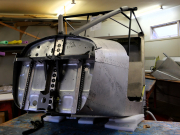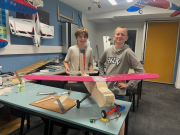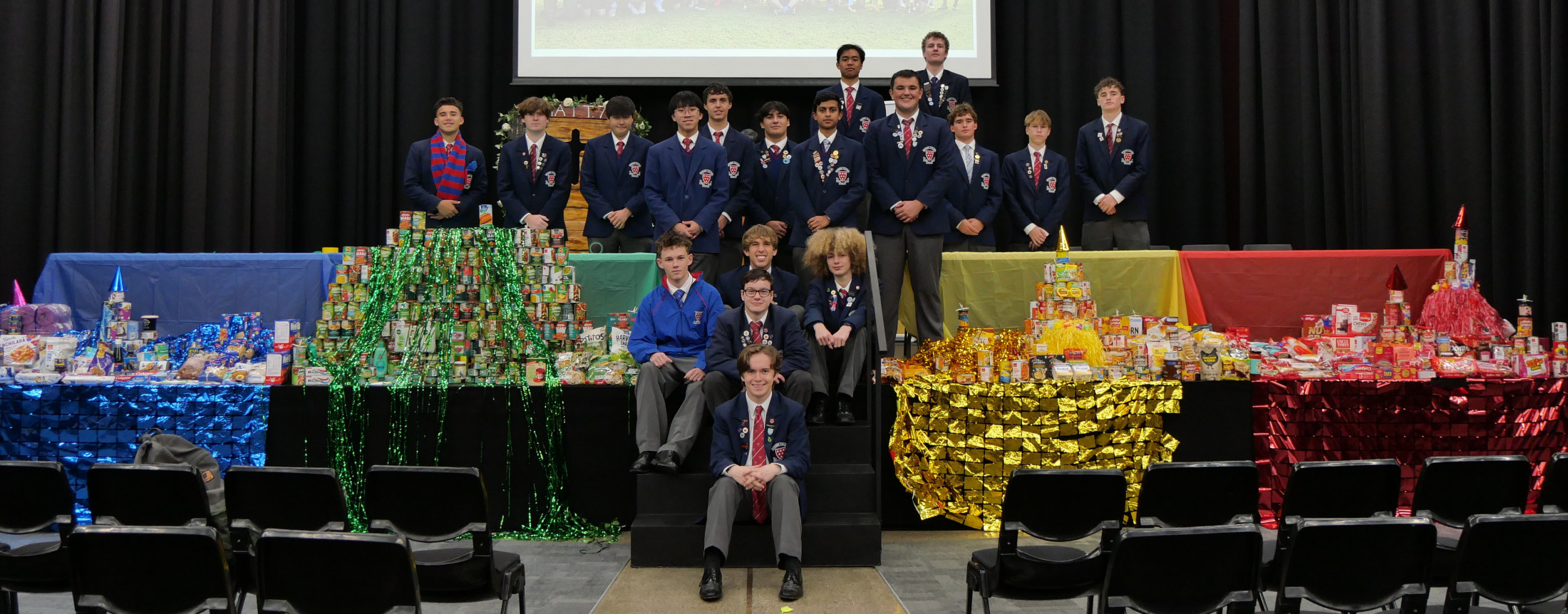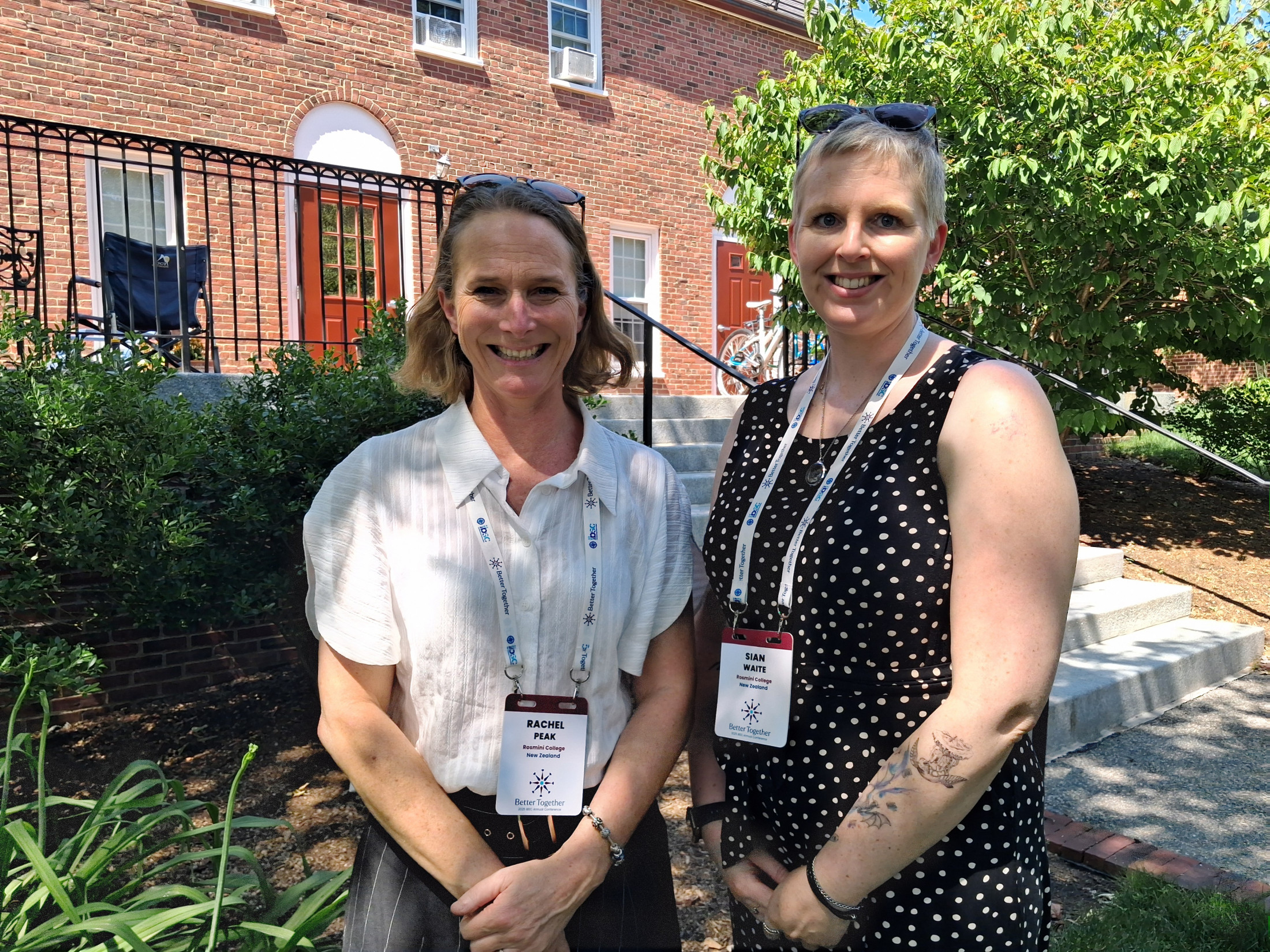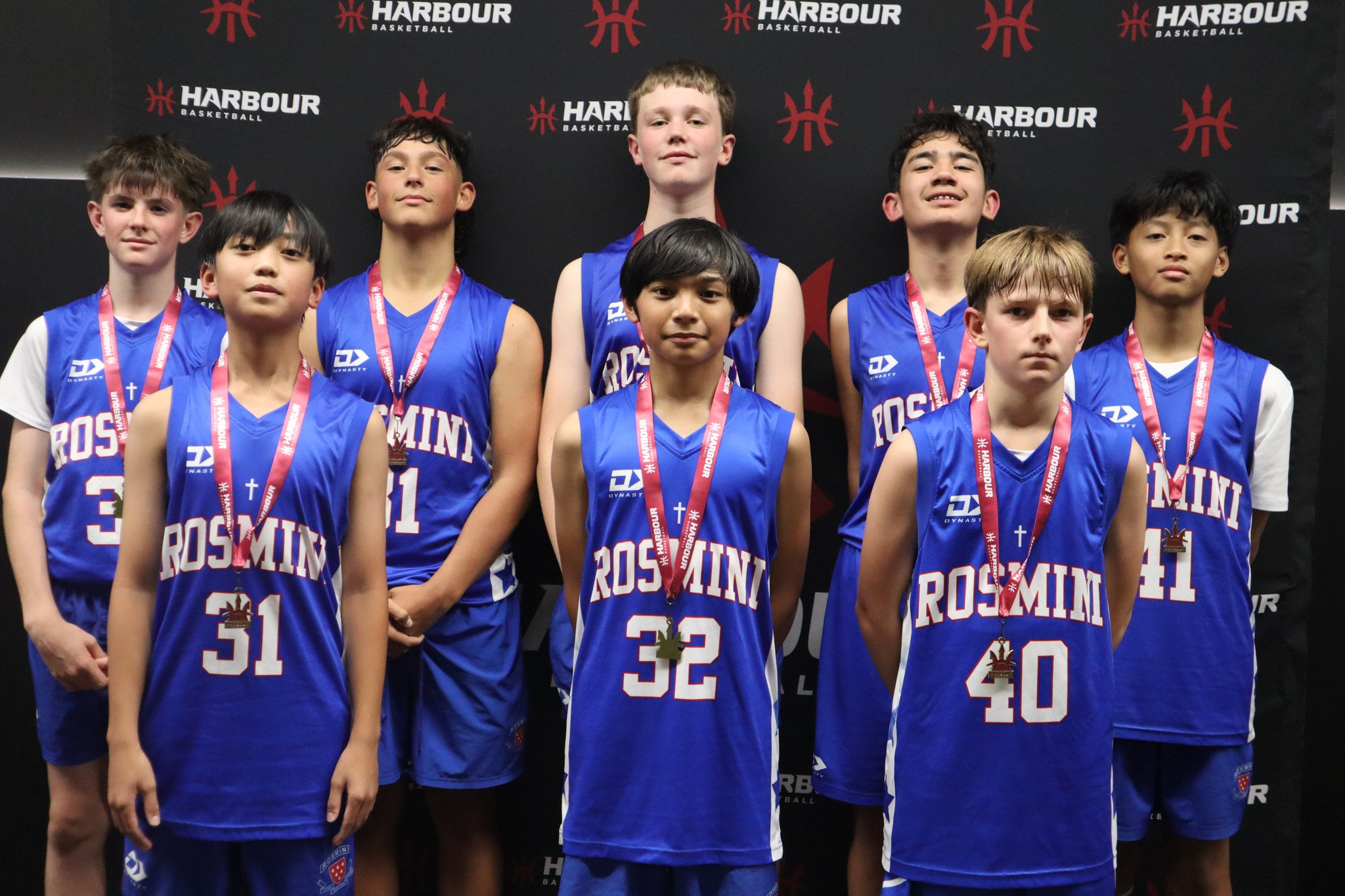New aviation endeavors at Rosmini
A five-year chapter in Rosmini College's history recently closed as their student-built aircraft, a kit set Savannah, departed for its new home in Rangiora. Over the next three to five months, the aircraft will be completed, a testament to the dedication and hard work of 50 students under the guidance of teacher John Smith. "As a project the Savannah build was probably the most successful thing I’ve ever been part of, in terms of student outcomes," says Smith. In fact, 35 students went on to train as engineers, eight as pilots, and one a rocket designer. While the Rosmini community will miss witnessing its progress, exciting new aviation endeavors are already on the horizon.
Project Frankenplane
Rosmini College is already deeply involved in Project Frankenplane, a Royal Aero Society initiative that challenges students to design, build, and fly a plane using only free parts. Nine teams from Auckland schools, including Albany Senior, Takapuna Grammar, Avondale, Kaipara College, and Rosmini, are participating.
Students work alongside volunteers from the aviation industry, model flying clubs, and engineering students, who provide invaluable guidance in design, construction, and flight. The competition culminates in the Term 3 holidays, with a considerable cash prize generously sponsored by the Royal Aero Society.
The task is complex: the balsa wood aircraft must resemble a plane, carry a handball inside a tube, perform a series of horizontal maneuvers, fly at both high and low speeds, accurately drop a ball onto a target, and then successfully land and take off again. This challenge pushes students to understand the aerodynamics of varying flight conditions. With a high-powered motor and limited battery life, resourcefulness is key. Students "can’t spend money – must beg, borrow, invent, acquire and buy in that order!" The project has been fortunate to receive significant donations of RC equipment, valued at around $10,000, and even a large quantity of wood from a deceased estate for a mere $15.
Beyond the technical skills, students are learning how planes work, how to fly them, and how to repair them quickly – balsa wood being ideal for rapid fixes. The project fosters a collaborative environment, says Smith, where young students "come in on a Saturday morning and beaver away, work with older people and volunteers, share knowledge, learn teamwork and social skills." Rosmini College currently has two teams of 14 to 20 boys from Years 11 and 12 participating, with hopes to expand the challenge to 30 teams nationwide next year.
This ambitious undertaking is hugely supported by the Royal Aero Society, Aerospace NZ, and various universities, forming a significant "One Foot in the Clouds" project that connects teachers, students, tertiary institutions, and industry.
Space: The Next Frontier for Rosmini students
John Smith's involvement extends beyond aviation; he's also using his knowledge as an earth and space educators in an exciting new venture: collaborating with the Auckland University School of Engineering to launch student-designed and built satellites into space.
This initiative will utilize the university's clean room facilities, which include a shake table and a thermobaric testing facility to simulate the extreme temperatures of space (from 80°C in the sun to -90°C in the shade).
The three-year program encourages students to conceive a scientific idea, develop a method to measure it, and then create a program to transform that into a launched satellite. A launch in Dunedin in July hopes to attract more teachers to sign up, linking students with academics, volunteers, and universities nationwide.
